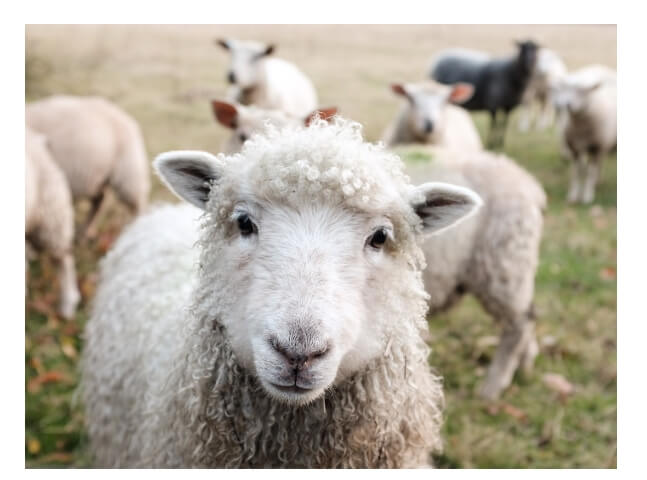Mathematics Lesson Note – JSS 2 (Week 10)
Term: Third Term
Week: 10
Class: JSS 2
Subject: Mathematics
Duration: 40 minutes
Theme: Algebra and Number Work
Topic: Notation and Standard Form
Sub-topic: Introduction to Scientific Notation
Performance Objectives
By the end of the lesson, students should be able to:
-
Define notation and standard form.
-
Convert large and small numbers to standard form.
-
Convert numbers from standard form back to ordinary notation.
-
Solve simple problems using standard form.
Previous Knowledge
Students are already familiar with place values, indices, and basic multiplication and division of numbers.
Instructional Materials
-
Number chart
-
Scientific calculator
-
Flash cards with large and small numbers
-
Chalkboard and marker
-
Printed table of powers of 10
✨ Set Induction (Classroom Warm-Up)
Teacher: “Imagine a scientist tells you the mass of the sun is 1,989,000,000,000,000,000,000,000,000 kg. Can you write that on your exam paper without missing a zero? “
Pupils: (Laughing) “No, that’s too long!”
Teacher: “That’s why we use something called standard form. It helps us write numbers quickly and clearly.”
Lesson Development
Step 1: Explanation of Key Terms
Notation is a system of symbols or signs used to represent numbers or quantities.
Standard Form (also called Scientific Notation) is a way of writing numbers that are very large or very small in the form:
a×10na \times 10^n
Where:
-
1≤a<101 \leq a < 10
-
nn is an integer (positive or negative)
Step 2: Converting to Standard Form
✅ Examples of Large Numbers:
Example 1:
Write 45,000,000 in standard form.
Solution:
45,000,000=4.5×10745,000,000 = 4.5 \times 10^7
Explanation: Move decimal 7 places to the left.
✅ Examples of Small Numbers:
Example 2:
Write 0.00067 in standard form.
Solution:
0.00067=6.7×10−40.00067 = 6.7 \times 10^{-4}
Explanation: Move decimal 4 places to the right.
Step 3: Converting from Standard Form
Example 3:
Convert 3.2×1063.2 \times 10^6 to ordinary number.
Solution:
Move decimal 6 places to the right:
3.2×106=3,200,0003.2 \times 10^6 = 3,200,000
Example 4:
Convert 5.4×10−35.4 \times 10^{-3} to ordinary number.
Solution:
Move decimal 3 places to the left:
5.4×10−3=0.00545.4 \times 10^{-3} = 0.0054
Teacher–Pupil Interaction
Teacher: “Chika, can you try converting 76,000 to standard form?”
Chika: “Yes, ma. I think it’s 7.6 × 10⁴.”
Teacher: “Well done, you moved the decimal 4 places.”
Class Activity
Write the following in standard form:
-
8,000,000
-
0.00032
-
74,300
-
0.0098
Real-Life Applications
-
Scientists use standard form to express distances between stars or size of microscopic bacteria.
-
Bankers use it for large currency figures.
-
Engineers use it in formulas and measurements.
Summary
-
Notation helps represent numbers efficiently.
-
Standard form = a×10na \times 10^n
-
Decimal point moves left for large numbers, right for small numbers.
-
Powers of 10 are key.
Evaluation Questions
-
What is standard form?
-
Convert 390,000 to standard form.
-
Convert 0.00021 to standard form.
-
Convert 4.2×1054.2 \times 10^5 to ordinary number.
-
Why is standard form useful in science?
✅ Assignment
Write the following in standard form:
-
560,000
-
0.000045
-
7.2 million
-
0.00389
-
102,000,000
♀️ 10 FAQs for Reinforcement
-
What is another name for standard form?
→ Scientific Notation. -
What does the power of 10 represent?
→ The number of decimal places moved. -
Is the number in front of the 10 always less than 10?
→ Yes, between 1 and 9.9. -
Can standard form be used for small numbers?
→ Yes, with negative powers. -
What is 1×1001 \times 10^0?
→ 1 -
How do you write 1 billion in standard form?
→ 1×1091 \times 10^9 -
Can a number like 32.5 be in standard form?
→ No, it must be < 10. -
What is 6.2×10−26.2 \times 10^{-2} in ordinary form?
→ 0.062 -
Why do scientists prefer standard form?
→ It saves space and prevents error. -
Is this standard form: 15×10315 \times 10^3?
→ No, 15 is greater than 10.











